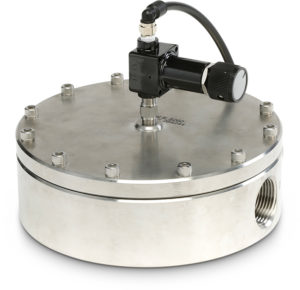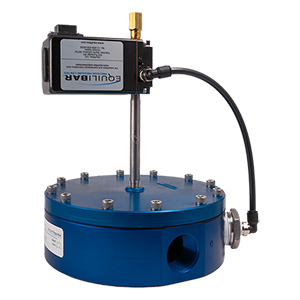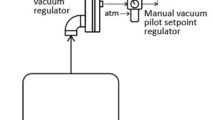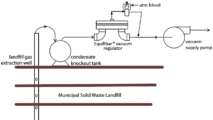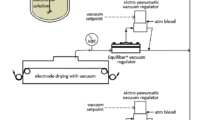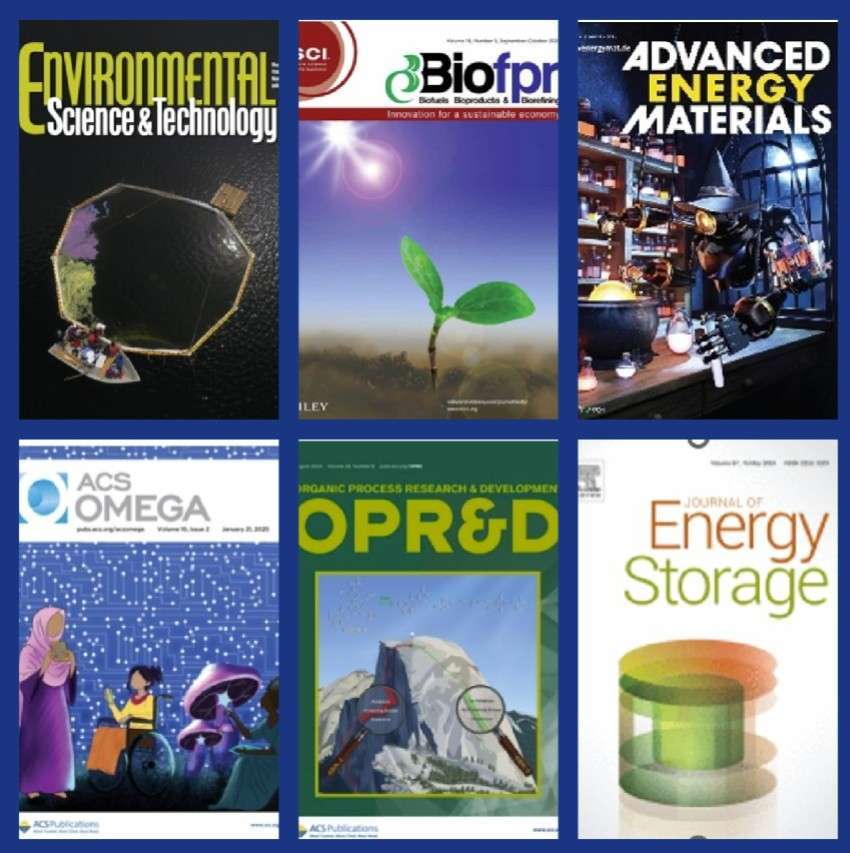Vacuum Extraction in Flu Vaccine Manufacturing
Influenza vaccines have been grown in eggs for over 70 years. New vaccines are created each year as the virus is constantly mutating. Scientists choose the best strain of virus-laden seed material to inject into fertilized eggs where it incubates and replicates until it is ready to harvest. Millions of eggs are processed every flu season to manufacture the vaccines protecting people around the world. Harvesting the allantoic fluid containing the virus can be a complex process which is often automated using vacuum extraction methods.
The vacuum used to harvest the fluid needs to be precise, so as to extract only the desired allantoic fluid. Machines that carry out the egg extraction have multiple harvester nozzles working in tandem, extracting fluid in batches of eggs as they pass through the extractor. As trays of eggs are decapped and processed, the vacuum system must be able to start up and arrive at the precise vacuum setpoint immediately to keep the process efficiently moving. Additionally, due to the rejection of non-compliant eggs in the process, some trays may contain fewer eggs than others. This leaves some vacuum nozzles with no load which changes the vacuum requirements. Traditional vacuum systems may require several seconds to adjust parameters to the new requirements from row to row of eggs, but the Equilibar solution can respond in milliseconds, thanks to it’s flexible diaphragm and instantaneous Cv adjustability. An Equilibar vacuum regulator (EVR) is an excellent solution for this type of precise and instantaneous vacuum control application.
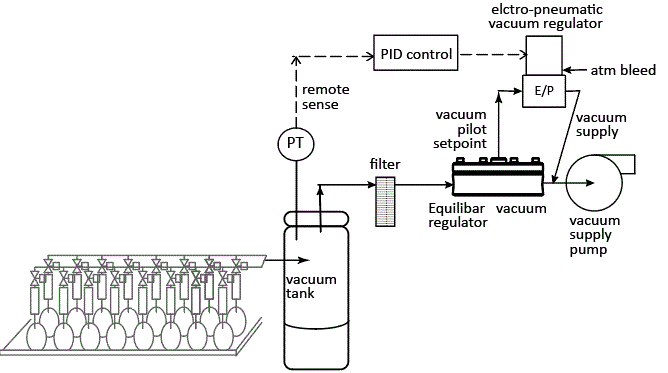
Equilibar EVR Delivers Precise Vacuum Control
The schematic above illustrates how an egg harvesting system might be designed in a closed loop automated control scheme. A filter is designed into this system which will change the vacuum pressure as the filter collects fluid and blocks up. The pressure transducer (PT) measures pressure at the vacuum tank and signals the setpoint of the EVR based on that feedback, maintaining the vacuum at the nozzles to the precise setpoint. The EVR modulates the vacuum flow until the vacuum at the PT is matching 1:1 to the setpoint on the pilot. Any disruption in vacuum sensed by the PT due to batch changes or filter obstructions will result in instantaneous adjustments at the EVR to keep the setpoint at the desired value.
Contact an Equilibar application engineer for more information.
Stainless steel vacuum regulator with manual pilot controller
Equilibar anodized aluminum EVR vacuum regulator with electronic controller for automation


